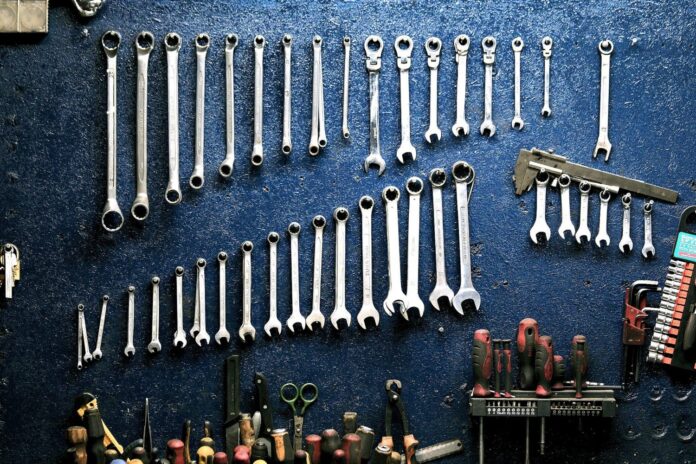For tradespeople and technicians, reliable hand tools are essential for delivering precise, high-quality work. However, even the most trusted tools can lose their effectiveness over time. Recognising the signs that it’s time to upgrade can help you maintain your workshop’s productivity, safety, and efficiency. Here’s what to look for and why investing in high-performance tools matters.
1. Declining Performance and Precision
When tools no longer perform as they should, it’s a major red flag. Screwdrivers that don’t grip tightly or wrenches that slip can lead to poorly finished jobs or even stripped bolts. Lower-tier brands like Stanley or Irwin offer accessible options but may not maintain performance under heavy use. In contrast, brands like Bahco are known for their hardened steel construction and long-lasting precision, making them a worthwhile investment.
2. Visible Wear and Tear
Rust, cracks, or chipped tool edges are common signs of wear that can compromise functionality and safety. Rust not only affects the tool’s appearance but can weaken its structure, making it more prone to breakage. Tools manufactured with chrome vanadium steel, which offers superior rust resistance, can hold up better in demanding environments. If your tools show these signs, it’s time to replace them.
See also: 5 Advantages of Owning an Auto Insurance Franchise
3. Frequent Malfunctions or Safety Issues
Loose or misaligned tool components—like hammer heads detaching from handles or pliers that no longer close evenly—can make tasks frustrating and increase the risk of injuries. Premium brands often include ergonomic features such as rubberised grips or shock-absorbing handles to enhance control and reduce the strain caused by repetitive use.
4. Outdated Features
Hand tool technology is constantly evolving. Newer innovations like quick-release mechanisms, precision ratcheting systems, or reversible blades can significantly improve efficiency. Older tools that lack these features can slow down work and limit your ability to deliver high-quality results. Upgrading to more modern, feature-rich tools helps ensure you remain competitive in your trade.
5. Inconsistent or Poor Results
If you’re noticing uneven cuts, stripped screws, or poorly finished surfaces, your tools may be to blame. The sharpness and build quality of your hand tools are essential for consistent outcomes. Top-tier tool brands are designed with high-performance materials and precision machining to ensure superior results with each use.
6. Increased Downtime and Maintenance
Spending excessive time maintaining or repairing tools is another clear indicator that they need replacing. Regular breakdowns or sharpening sessions are not only inconvenient but can also lead to costly project delays. Investing in durable, low-maintenance tools can save both time and money in the long run.
Why Investing in Premium Brands Matters
While lower-end brands may seem budget-friendly, they often wear out quickly, leading to higher long-term costs due to frequent replacements. Top-tier brands offer unmatched durability, superior ergonomics, and innovative features that can handle the toughest jobs. Compared to other brands in its tier, such as Kincrome or Craftright, Bahco tools stand out for its balance of performance and longevity.
The Key To Productivity
Recognising the signs that it’s time to upgrade your hand tools—whether it’s declining precision, visible damage, or outdated features—is key to maintaining a productive and safe workshop. Investing in high-quality tools ensures you can perform at your best, minimise downtime, and achieve consistent, professional results across all your projects. Upgrading isn’t just an expense—it’s a smart, long-term investment in your trade’s success.


